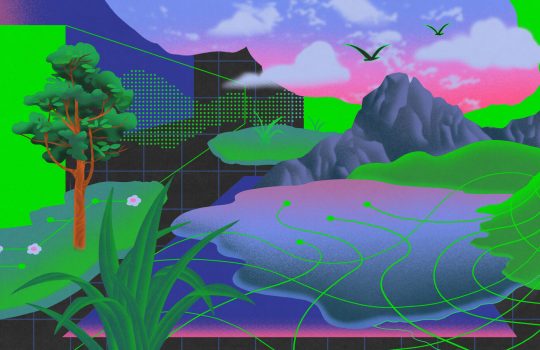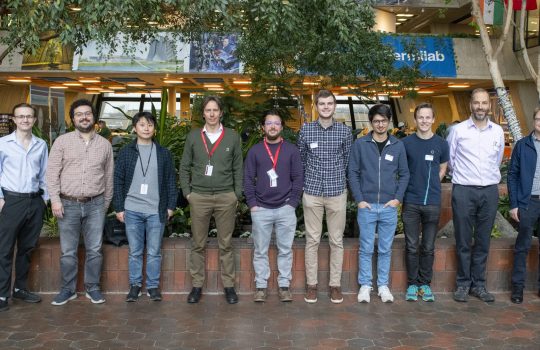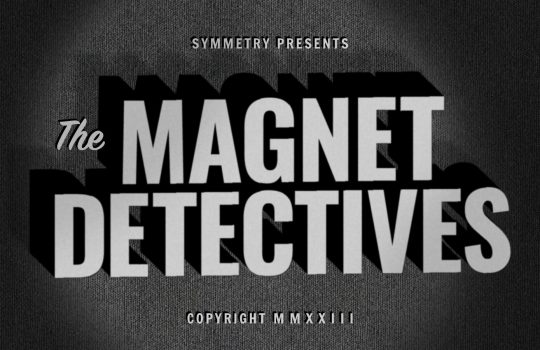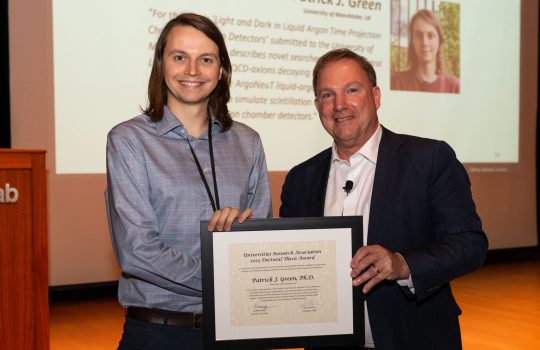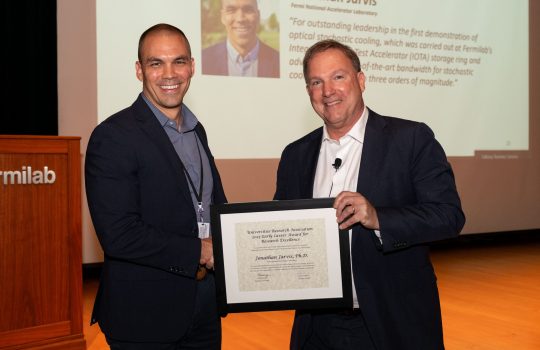Fermilab researcher receives 2023 URA Tollestrup Award
The award recognizes Marco Del Tutto for his work that enhances the capabilities of the Short Baseline Near Detector, the first stage of data collection along the Short-Baseline Neutrino experiment.



